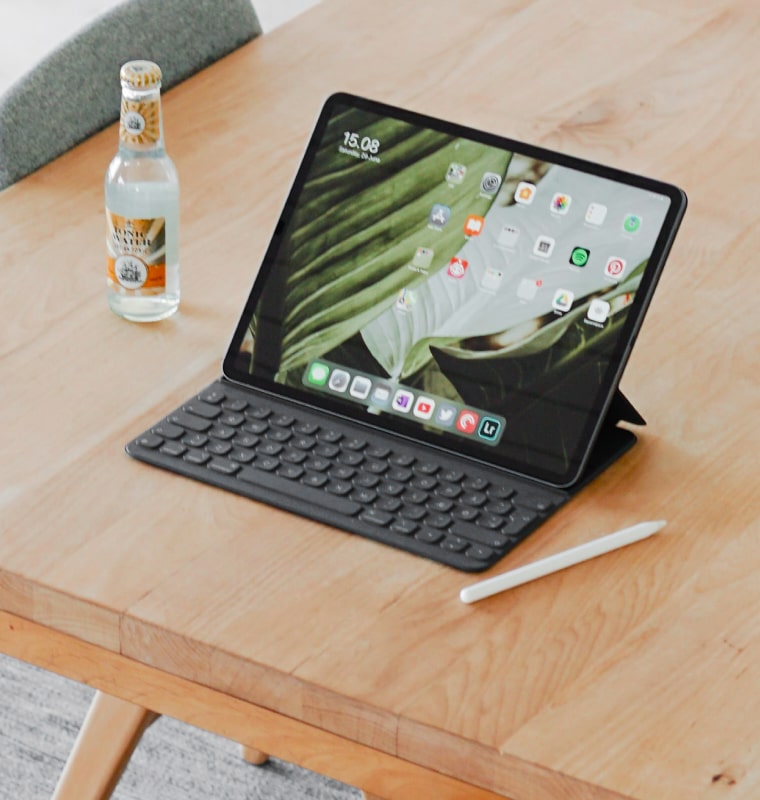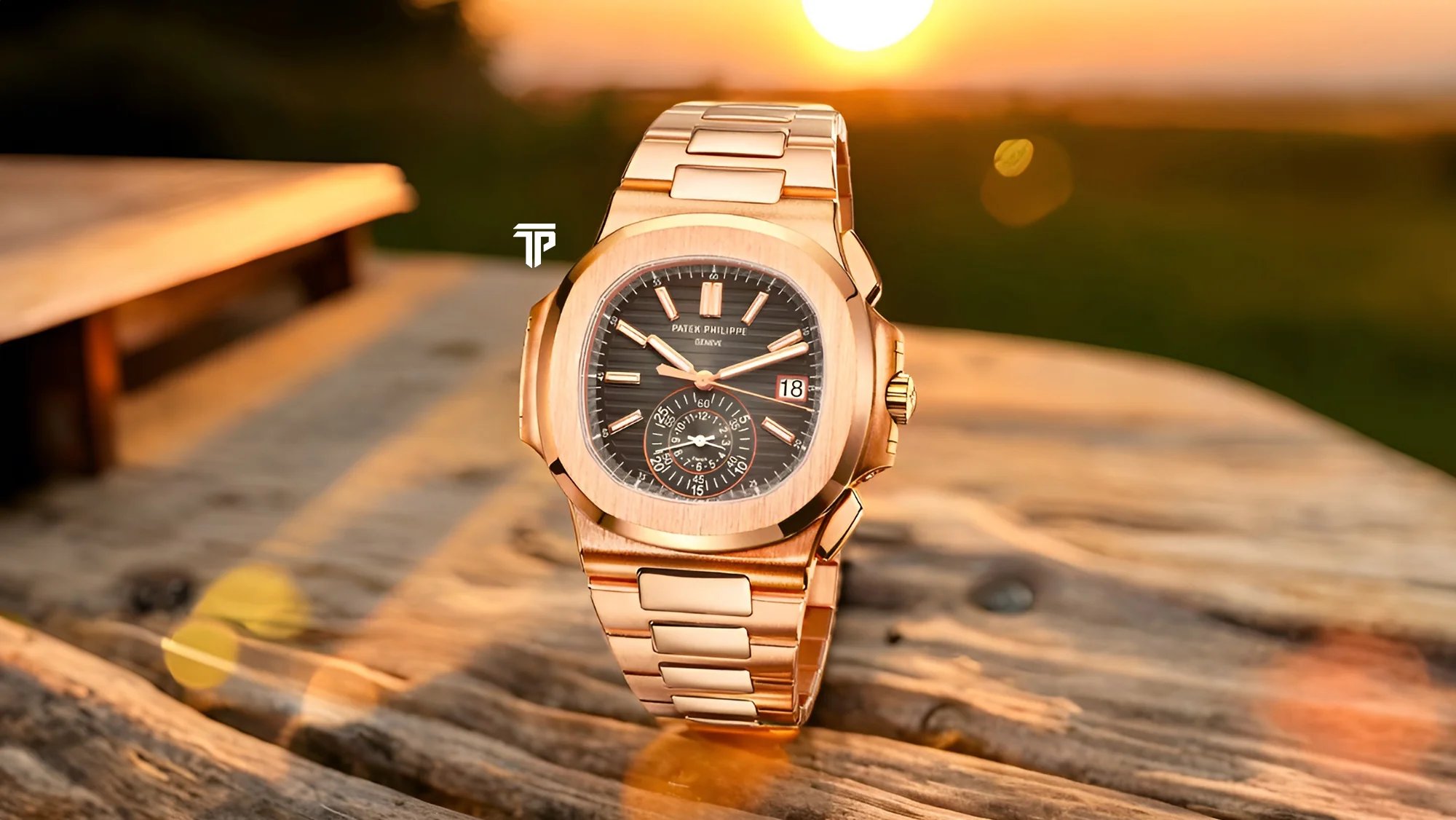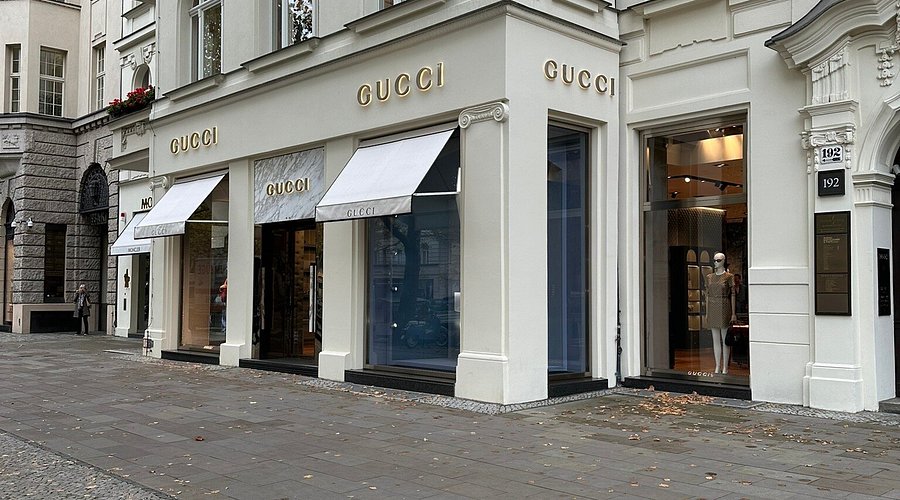Wealthy Investors Turn to Rare Art and Vintage Cars as Alternative Assets
By
Sophie Moore
Last updated:
September 4, 2025
First Published:
September 4, 2025

Photo: aShareX
In recent years, high-net-worth individuals have increasingly turned to rare art pieces and vintage cars as alternative investment options. Beyond the allure of ownership, these collectibles provide opportunities for long-term value appreciation. Investors are drawn to unique assets that combine aesthetic appeal with the potential for financial gain, making them a prominent feature of the modern wealthy lifestyle.
The Rise of Art Investment
Rare paintings, sculptures, and limited-edition works by renowned artists have gained popularity among affluent collectors. Auctions frequently set record prices, reflecting both scarcity and high demand. Owning such art offers not only personal satisfaction but also a tangible hedge against traditional market fluctuations. For many, collecting art is a statement of cultural sophistication as well as financial foresight.
Vintage Cars as Status Symbols and Assets
Similarly, vintage and classic automobiles have emerged as prized investments. Limited-production models, historically significant vehicles, and fully restored classics often appreciate in value over time. Enthusiasts purchase these cars for both personal enjoyment and investment purposes, attending prestigious auctions and participating in exclusive automotive events. The combination of engineering excellence and rarity enhances their appeal among the wealthy.
Diversification and Portfolio Strategy
Investors increasingly include art and vintage cars as part of diversified portfolios. These alternative assets often perform independently of stock and real estate markets, providing a unique layer of financial security. Wealth managers advise incorporating collectibles to balance traditional investments while offering the satisfaction of owning objects of beauty and prestige.
The Future of Luxury Collectibles
As global wealth continues to grow, the market for rare art and vintage cars is expected to expand further. Collectors will seek increasingly rare and unique pieces, emphasizing exclusivity and historical significance. For the wealthy, these investments are more than financial tools—they are lifestyle choices that reflect personal taste, status, and the desire to engage with culturally and historically meaningful objects.
Subscribe to unlock premium content
Sed at tellus, pharetra lacus, aenean risus non nisl ultricies commodo diam aliquet arcu enim eu leo porttitor habitasse adipiscing porttitor varius ultricies facilisis viverra lacus neque.
A comprehensive guide on Agile development

10 Productivity tools that are worth checking out

Top 7 Must have management tools for productivity

A comprehensive guide on Agile development

10 Productivity tools that are worth checking out

A comprehensive guide on Agile development








.png)
